The content of the article
There is no doubt that taking a bath or shower should take place in a comfortable environment and in a clean room. To maintain constant cleanliness in the mode of modern time, it is not always possible to maintain order in the bathroom at the proper level. From here this unpleasant limescale appears on the tile, in the bathroom and sink. What to do and what means can be used to overcome this unpleasant thing?
In the arsenal of a real housewife must be means for the care of tiles and other surfaces. These can be powders, gels and sprays that facilitate the cleaning process and allow you to put a minimum of effort. But sometimes advertised goods are not always effective and proper purity cannot be achieved. So what to do in this case?
Limescale - what is it?
First, let's figure out what it is. These are deposits of potassium and magnesium remaining after hard water. They settle on surfaces and acquire a characteristic shape and color. You can get rid of it only with the use of products containing acid, therefore, when cleaning the bath or sink with substances containing acid, wear special rubber gloves to protect your skin from chemical burns.
But there is a difficulty. The thing is that on such surfaces as glass, plaque is easy to remove, but if it is ceramic or iron surfaces, you will have to try. Let's see what methods exist for cleaning various surfaces from limescale in the bathroom.
Ceramic surfaces and tiles
If after the repair it is not possible to maintain the cleanliness of the bathroom, then over time plaque will accumulate on the tile, and it will not shine, but, on the contrary, will become cloudy. At the same time, an unpleasant black mold will appear in the seams between the tiles, which will also have to be disposed of.
For such surfaces, it is recommended to use all kinds of creams for cleaning, as well as chlorine-containing solutions. It is not recommended to clean the tiles with powder, as this can scratch the surface, which will also remove the gloss.
- You can use folk remedies by taking the usual 6% vinegar, which is in every kitchen. It is necessary, you can add it to the sprayer and apply it on the wall with it, wait a couple of minutes, wipe the surface with a brush, rinse with water and wipe it dry with a microfiber cloth.
- If there is no vinegar in the table, but there is only 80% solution, then simply dilute it with water and do the same. To dilute it with water, you will need to take one part of water to 12 parts of the solution.
- Limescale is very fond of forming on ceramic surfaces, but it can also be removed using ordinary vinegar. You need to take vinegar and pour it into a saucepan, warm to 40 degrees. To clean persistent plaque from the toilet, pour the resulting substance there, and leave it for the whole night. Wash everything off in the morning. From the raid there will be no trace.
- If plaque formed in the toilet at the place of the flow of water, then first you need to block it, and then pour any cleaning agent for such complex formations, leave everything for two or three hours. After that, you need to clean everything with a brush and rinse everything thoroughly.
- A very effective way to clean surfaces from lime is citric acid. It perfectly helps to whiten the surface. All that is needed is to wet the sponge with water and pour citric acid powder on it and clean the place of contamination. Then rinse thoroughly with water.
Note! As for acid-containing products, it is better not to use them to remove contaminants from the tile, because this will only lead to surface damage.
And what about acrylic surfaces? Here, ordinary powders and means with acids should never be used! But this rule does not apply to citric acid. Just the same, it copes with its task perfectly and does not spoil the acrylic surface of the bathroom or sink.
To clean acrylic surfaces with citric acid:
- Prepare a sponge and a few sachets of citric acid.
- Pour acid into a small bowl and add water there. You need to calculate this: half a bag of acid in 1 cup of water.
- The bathroom must be carefully cleaned with the resulting solution using a sponge, paying special attention to all the irregularities and bends of the bathroom. After cleaning, let the solution stay on the surface for 15 minutes.
- Well, the final step will be the repeated passage of a bath or sink from acrylic with a solution. After all, we wash everything with clean water. It yellowness and plaque should not remain anything.
If you are going to clean the surfaces of cast iron, then for simple pollution, a dishwashing detergent is quite suitable. Just pour the product on the place of accumulation of plaque and rub with a sponge. Conventional dirt will be easily removed.
If the pollution is persistent that cannot be removed with a normal detergent, then it's time to use complex chemicals (Comet, Sanox, Pemolux, etc.). Before applying, carefully read the composition of the funds. They must necessarily contain anti-corrosion substances that act directly on plaque without causing surface time. It, as a rule, should be creamy substances.
Plastic and glass
If we are talking about plastic surfaces or glass surfaces, then all the substances listed above will very well help overcome limescale on them. Ordinary soapy water may be suitable if the impurities are not so severe. In more advanced cases, you can also use citric acid or table or apple cider vinegar.
The good thing is that it is easier to remove dirt from glass surfaces than from other coatings. If you remove such surfaces in a day or two, then you simply will not have this problem.
Today, all shopping centers and shops are simply filled with all kinds of bathroom and toilet care products. The basic rule here is to choose the product wisely. Experts advise buying cleaning creams or pastes, because they have a sparing effect compared to solutions.
I would also like to add a little about the strengths of citric acid. This is a universal tool suitable for many surfaces, such as ceramics, glass, cast iron or plastic. It does not injure hands and does not spoil surfaces, because it is rather weak.
If you needed to clean the shower cubicle of lime formations, then there are several recommendations:
- The shower surface is cleaned immediately after bathing. The shower should be rinsed with hot and cold water in turn. Then wipe dry with a special towel.
- General cleaning and cleaning should be done once a week and no more. This cleaning is done using special chemical components. After cleaning is complete, rinse everything with hot and then cold water and wipe it with a dry cloth.
- Cleaning the surface of the shower in cases of severe pollution requires more severe artillery and the use of powerful cleaners. The formation of lime and pollution can occur in those cases when the bathroom is not used for a long time.
- Walls of a shower cabin also need careful leaving.There is an effective folk method that helps to easily clean the walls. Citric acid will come to our aid again. To cleanse with acid, you will need:
- Dissolve acid (100 grams) in half a liter of water.
- Fill a special container with a spray with a solution and apply the contents to problem areas of the walls of the shower cubicle.
- After that, the treated surface must be wiped with a dry cloth.
The benefit of citric acid is also that it is absolutely harmless to the human body and does not injure either the surface of the hands or the respiratory system.
If the pollution is not cleared by these methods, and you are allergic to strong products, do not spare money and buy a steam generator that removes such pollution in a matter of minutes and maintains a constant cleanliness of the shower. Successful struggle for the cleanliness of the apartment!
Video: how to clean the bath to a snow-white state

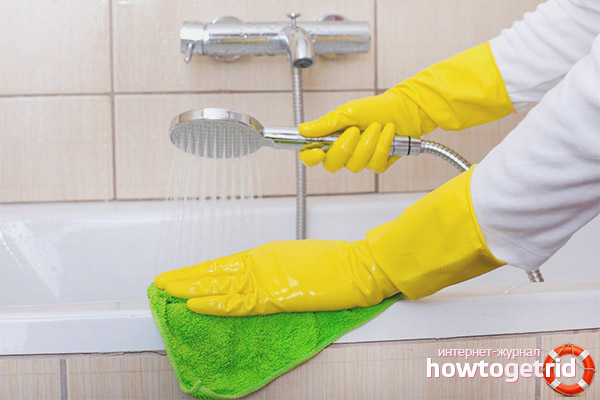
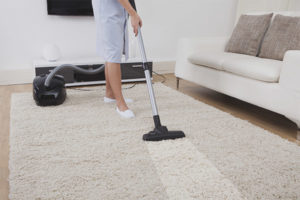
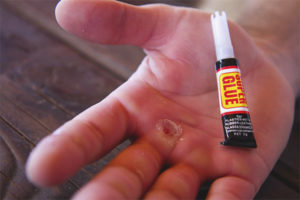

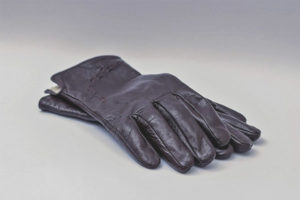


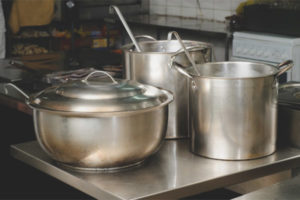
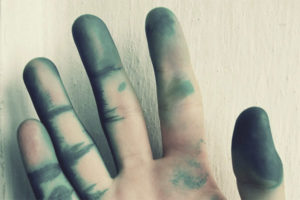
Submit
Thank you so much guys! I really didn’t know about such accessible methods of cleaning the bath, it’s good that they enlightened us, tried!